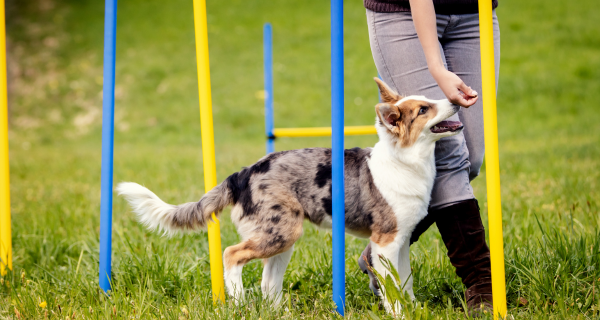
Interviewed by Craig Moore
As published in The Pet Directory QLD, WA & NT Edition
Whilst driving through the serene Tasmanian countryside, renowned animal trainer, Steve Austin took time out to discuss the amazing world of animals on television. Steve is one of Australia’s most noted Animal Trainers. He has been involved in the media for a number of years and has was featured on “Harry’s Practice”. He is the National Trainer for the Australian Quarantine Detection Dog Unit and is training dogs for the Japanese Quarantine Department and the French Quarantine in Caledonia. Steve also trains animals for Warner Bros. and Movie World. Steve was President of the Pet Industry Association Australia (PIAA), a licensed Judge with the Australian National Kennel Control, Training Director of Hanrob Pet Care Centre and advisor to SUPERCOATTM.
I asked Steve what makes a good animal actor
“Most people believe as long as a dog for example, is cute, pretty, and has a shiny long coat, that it is destined for a successful television career.” According to Steve, the criteria to be a successful animal actor are:
“With dogs, there are 4 main criteria I look for in determining a potential star:
1) Is the dog well trained?
2) Is the dog well socialised?
3) Can the dog be handled by a man, woman and child? 4) Is the dog comfortable around loud noises?
The dog must be able to stay, come and retrieve. It must also be able to bark on command and move from one spot to another. This must all be performed within an unfamiliar environment.”
Are the animals vet checked?
“A vet must be on set, or, there must be a vet in a nearby vicinity who can arrive on the set in a short period of time.”
How long does it take to film a commercial?
A 30 second commercial can take between 8 and 12 hours to shoot.
How do you keep the animals focused?
We have to keep the animals motivated and thus it is a requirement that a professional handler is with the animal at all times. With different lighting, angles and sounds changing at all times, the handler must maintain the pose and motivation for the dog to perform throughout the entire day.
What is a “Professional Handler”?
A professional handler must be a registered professional handler and must be contracted to the production company. Their agent representative sends their resume to the Production company. The handler must be aware of the appropriate animal welfare regulations and laws. Each script must also be signed by an animal welfare organisation.”
“The handler of the animal must respect the production set and know when they can move the animal through the set. There are many issues that we must all abide which include Occupational Health and Safety. The sets we work on are usually very small and the last thing we want is a miss-handled animal running amuck and knocking over cameras.”
What are the most recent commercials you have trained animals for?
“Frontline – Featuring Dr Harry Cooper. Optimum Pet Food – A large Dogue De Bordeaux looking at the guy sitting in the chair. Sargents Pies – A Springer Spaniel under the table. Ford – The Chihuahua on top of the Ford Focus car and featuring Jackie “O”
Next time you are sitting in front of the “box” viewing a commercial with animals, take a moment and consider the tremendous effort from all those involved. When you hear a well-timed purr, or a symphony of chirps, chances are that Steve Austin has had trained these most special animals.
Steve has trained many types of animals from Dogs learning to retrieve a beer from the fridge, to a piano playing rooster. When I asked Steve to recount the most unusual trick he has ever taught, I was amazed to hear it was with a Bush Cockroach! “I had to train a bush cockroach for an insecticide commercial many years ago. Although it was quite challenging, the fundamentals are very simple.”
“I actually taught the cockroach to come on command. It works on a process of food rewards and vibrations. The cockroach is very sensitive to vibrations, so by making a vibration on a table associated with a food reward – actually encourages or entices the cockroach to move to the food reward”
Steps involved:
1) Place a cockroach under a jar
2) Tap the table just outside of the jar and leave some food about a ¼ of one inch away from the jar. Lift the jar so that the cockroach looks for the food.
3) Repeat the process and each time gradually move the food further away from the jar.


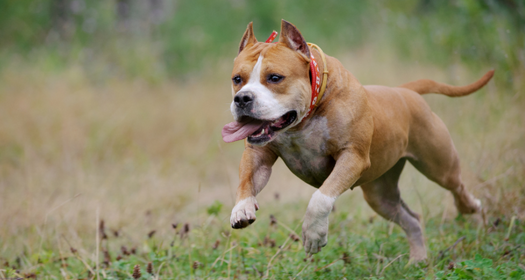
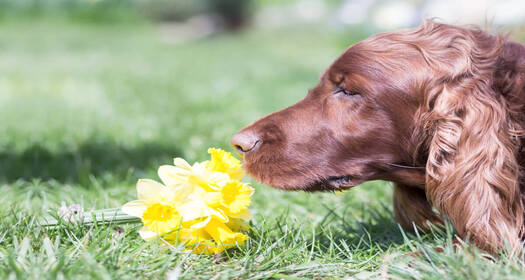
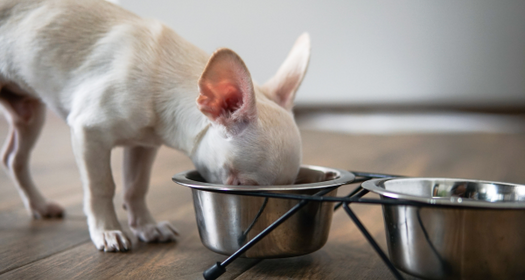
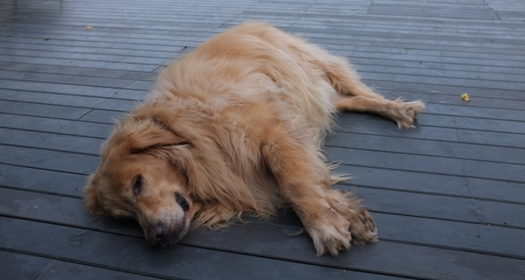
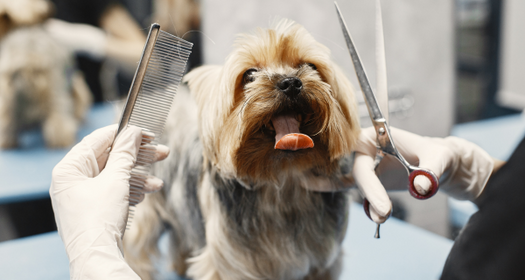



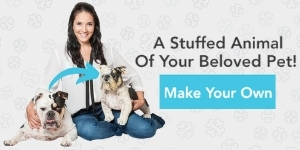
Leave Comment Below